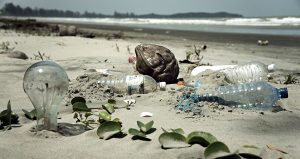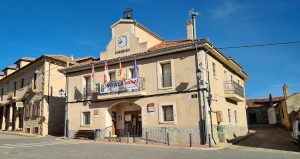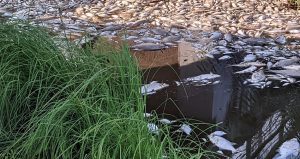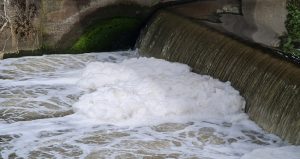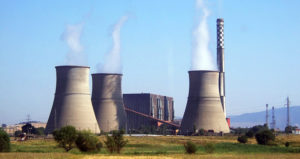Oder River´s massive fish die-off caused by industrial discharges
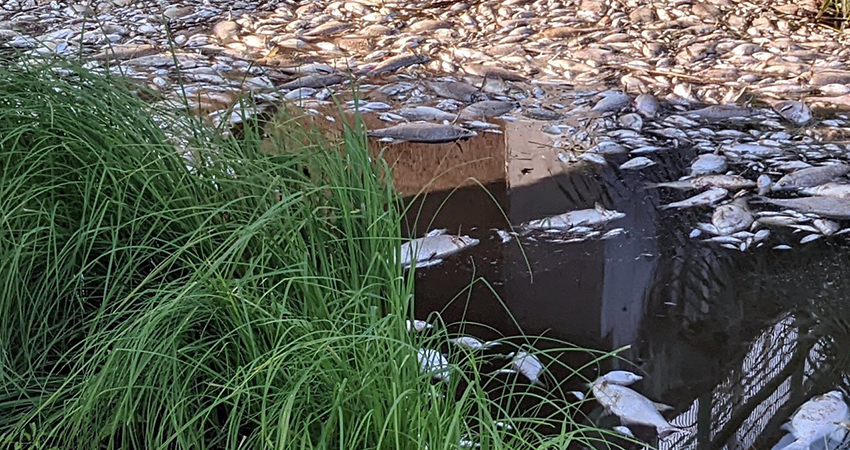
-
 Fergal MacErlean
Fergal MacErlean
Share article:
Toxic algal blooms were behind the mass killing of fish in the Oder River according to Germany’s largest research centre for inland waters. The Leibniz Institute for Freshwater Ecology and Inland Fisheries (IGB) says that high salt concentrations from industrial discharges created an artificial habitat for the mass development of the toxin-forming brackish water alga Prymnesium parvum.
IGB has been working on the Oder for decades. They released their findings ahead of German and Polish state investigations due to jointly announce their results on September 30. The 840 kilometre long river, runs from the Czech Republic to the Baltic Sea along the border between Germany and Poland. In mid-August more than 100 metric tons of dead fish were found within one week. While the detailed analysis of the Oder disaster is still ongoing, the IGB says that it has been able to show that the event was not a natural phenomenon.
Massive amounts of salt
The institute claims high salt concentrations from industrial discharges had created an artificial habitat for the mass development of the toxin-forming brackish water alga Prymnesium parvum. “Massive amounts of salt must led to the algae species finding optimal conditions in the Oder. The development was favoured by high nutrient levels in the water, very high water temperatures and barrages in the upper reaches, which reduce the flow rate,” said Jan Köhler, an algae expert with the IGB.
Lethal toxins
Prymnesium parvum grows at salt levels of two to 30 parts per thousand. Under natural conditions, however, freshwater has a salt content of less than one part per thousand. The alga produces several toxins, including ichthyotoxin — which can be lethal for gill-breathing organisms such as fish, bivalves, and gilled amphibians. It is commonly referred to as ‘golden algae’ due to its colouring.
Rare microorganisms
Polish Environment Minister Anna Moskwa last month announced that tests showed toxic algae in water samples from the Oder. The minister also said that tests proved negative for mercury and heavy metals, among 300 substances tested for, in the dead fish. “The Institute of Inland Fisheries in Olsztyn has found rare microorganisms, so-called golden algae, in water samples from the Oder river,” Moskwa said on Twitter.
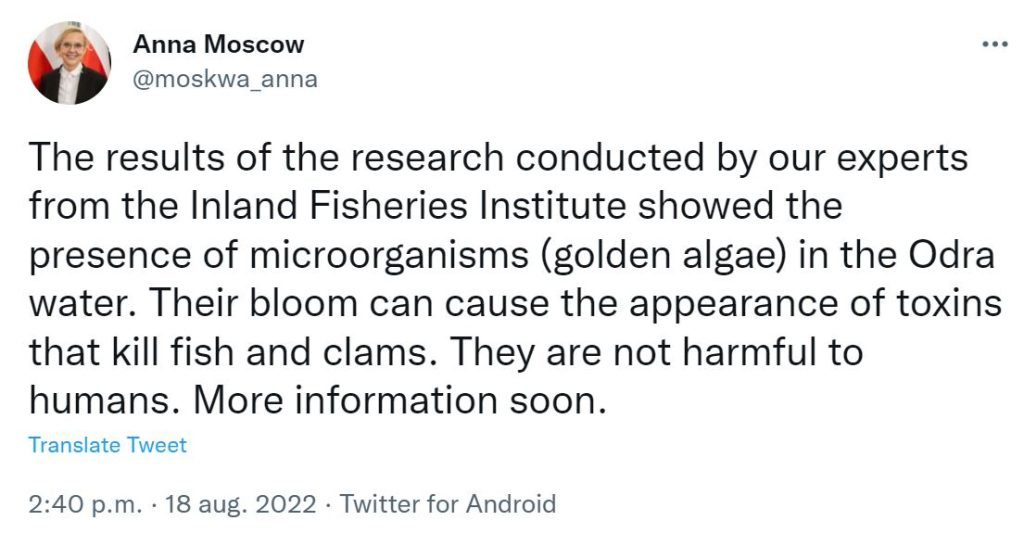
Automatic measuring
The Brandenburg State Office for the Environment (LfU) launched water tests in response to the fish die-off in the Oder river. The LfU’s automatic measuring stations in Frankfurt/Oder and Hohenwutzen recorded sudden increased levels of electric conductivity, pH levels and oxygen concentration. The monitoring programme for specific hazardous substances, which the EU Water Framework Directive requires for assessing the condition of rivers, did not record any unusual concentrations in Germany.
Oxygen depletion
Germany´s Federal Institute of Hydrology (BfG) is applying special methods in its current analysis of water samples which enable identification of more than 1,000 substances including many previously unknown chemicals. The testing regime can also detect algal toxins. A subsequent, smaller, fish die-off, took place in the Alte Oder, a tributary of the Oder River, which was triggered by oxygen depletion Germany´s Agriculture Minister Axel Vogel said.
Ecological risks
The IGB says, in its latest policy brief, that the environmental disaster occurred as a result of multiple stressors, all of which were caused by human activity. The institute, which warned about the ecological risks to the Oder in a 2020 policy brief, said previous expansion measures had reduced the river’s natural resistance to hydrological and climatic changes.


